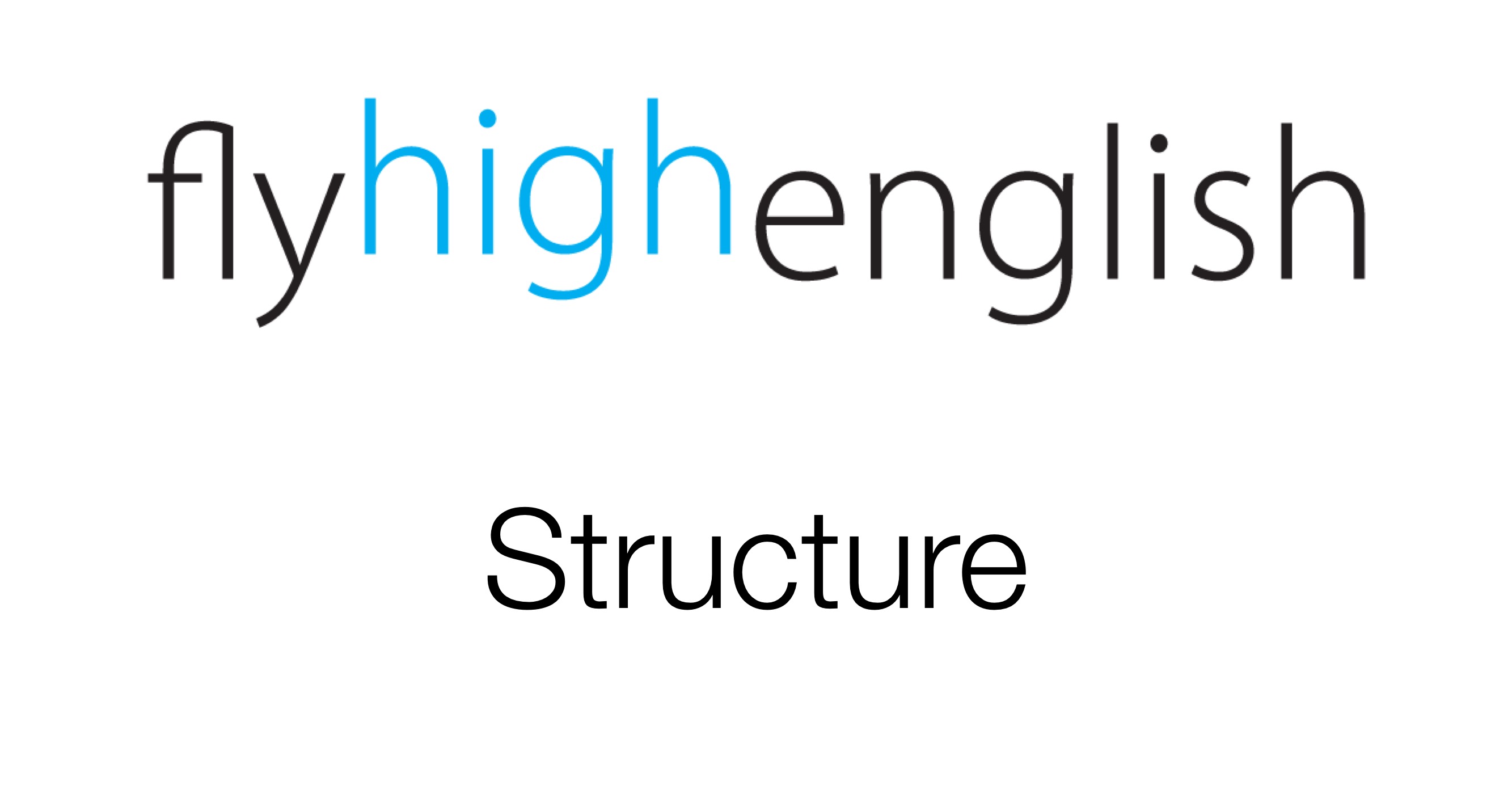
What are articles and when do we use them?
In grammar terms, articles are ‘a’, ‘an’ and ‘the’. These are some of the most common words in English and in many Western European languages there are article systems that are similar to articles in English, but with some differences.
Use: We use articles to indicate if something we are talking about is known to the speaker and the listener (it’s definite) or if it’s something which is not known to both the speaker and listener (it’s indefinite). Let’s look at an example.
eg Before my flight I was in the lounge.
In this sentence the speaker is indicating to the listener (by saying ‘the lounge’) that he/she knows the lounge (perhaps it’s the lounge that the speaker usually goes to, or it’s the only lounge in the airport). Whatever the reason, the speaker is indicating that the listener already knows about the lounge (it’s definite).
Let’s look at a second example.
We punctured a tyre after landing.
In this sentence the speaker is indicating to the listener (by saying ‘a tyre’) that he/she doesn’t know about the burst tyre. A plane has many tyres so it’s impossible to know which one was punctured. Later in the conversation however, the speaker my say;
…we’ll have to replace the punctured tyre.
In this sentence, ‘punctured tyre’ has become definite (‘the punctured tyre’) because it was mentioned previously, even though you don’t know which specific tyre was punctured, you know that the punctured tyre exists, and that’s why it has become definite.
Tip: Information that begins as indefinite becomes definite. ie Something which you first describe as ‘a plane’ then becomes ‘the plane’ when you mention it again.
Check out the diagram below and our other posts on articles to find out more about definite and indefinite articles.
Follow us on Twitter here or Facebook here for more great content!







